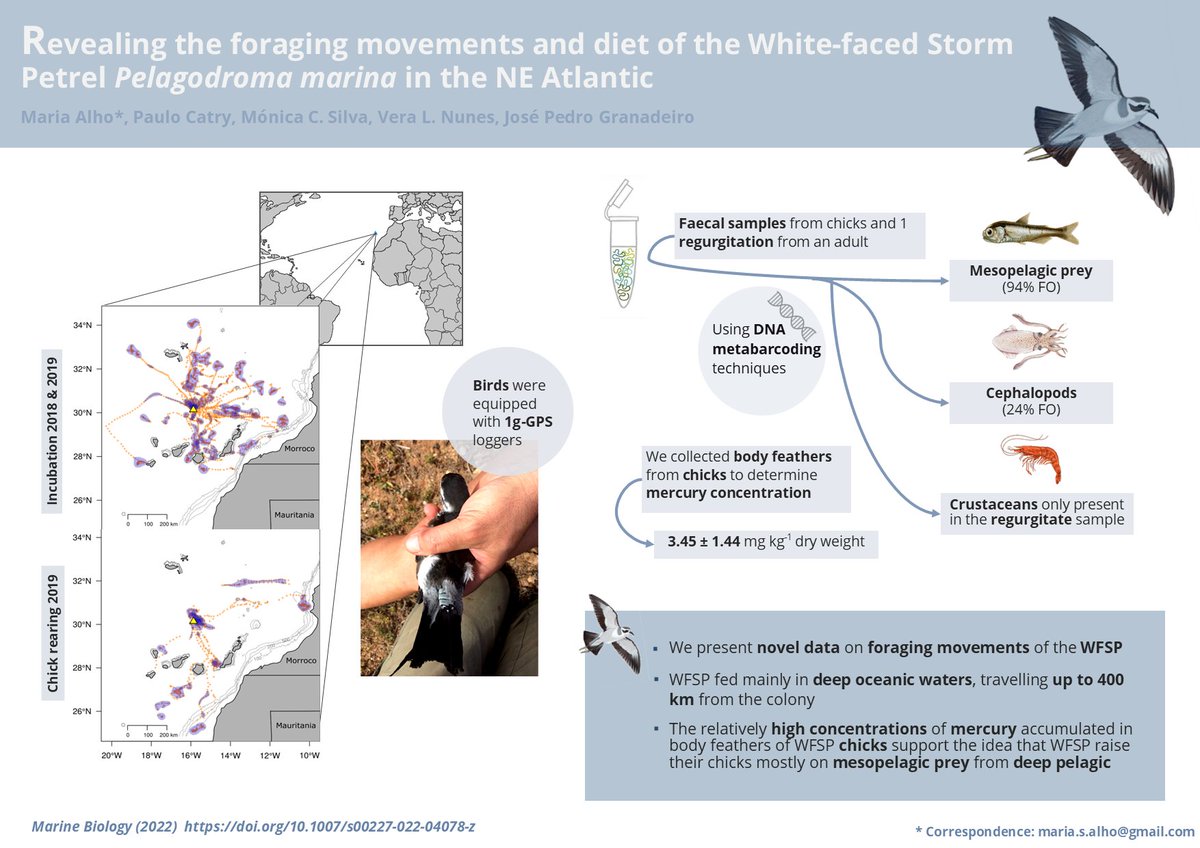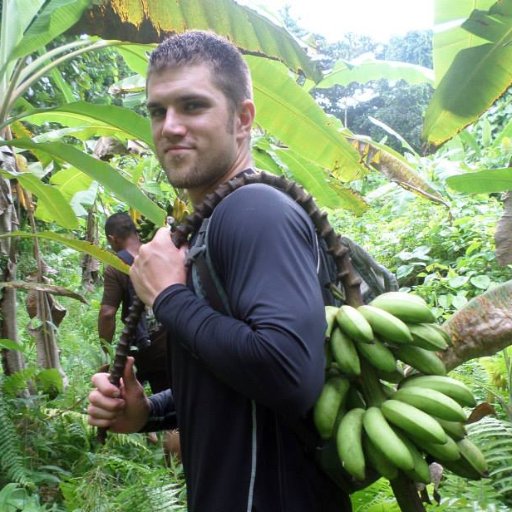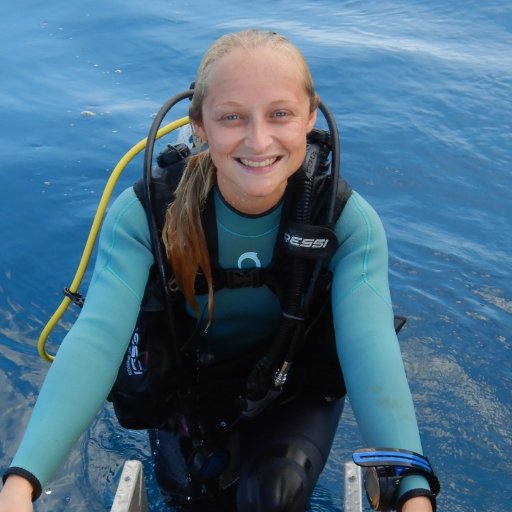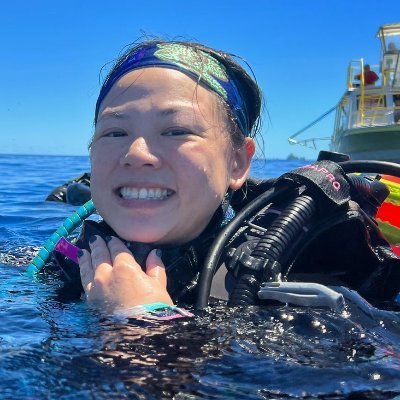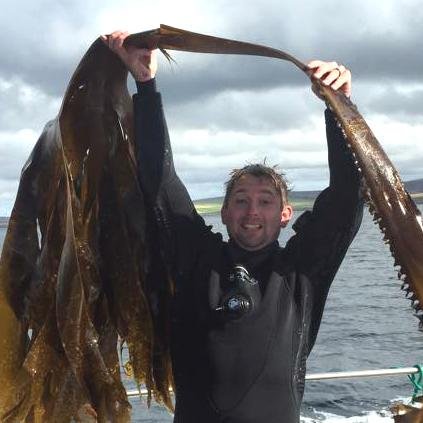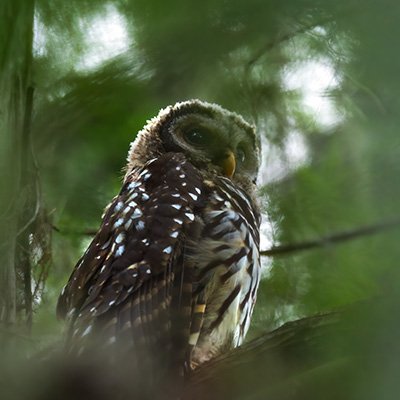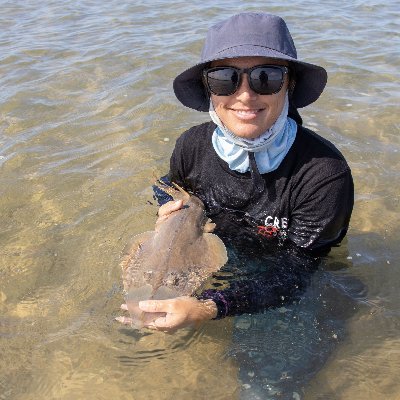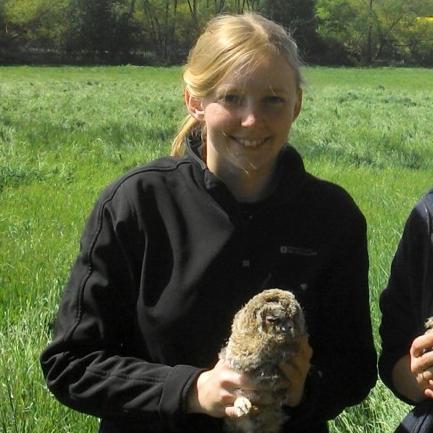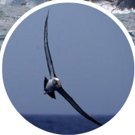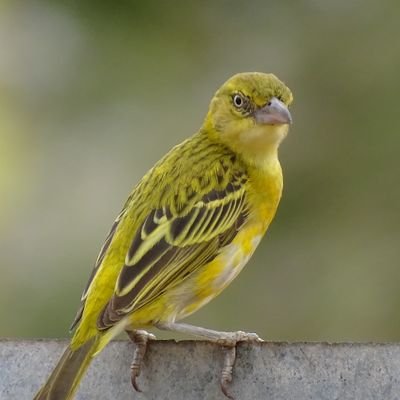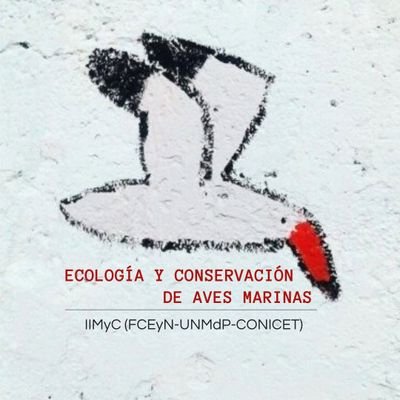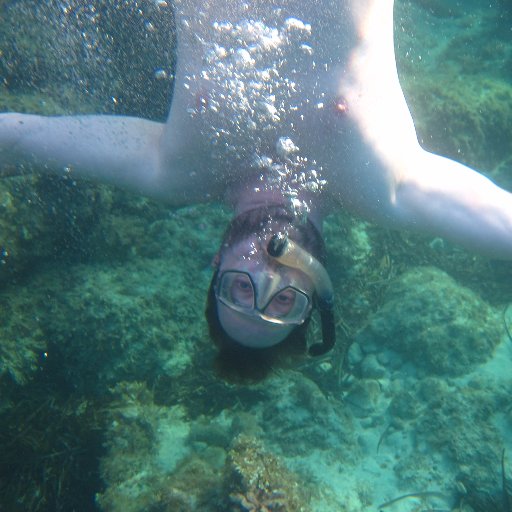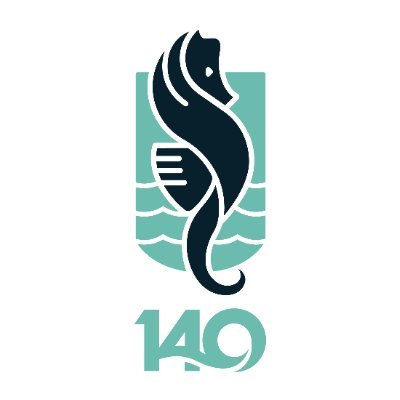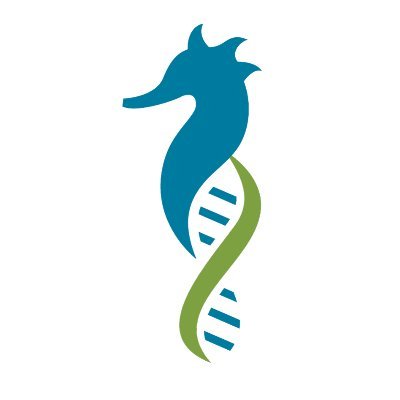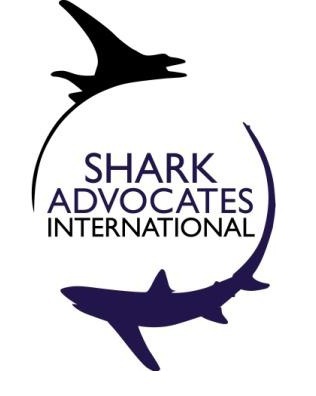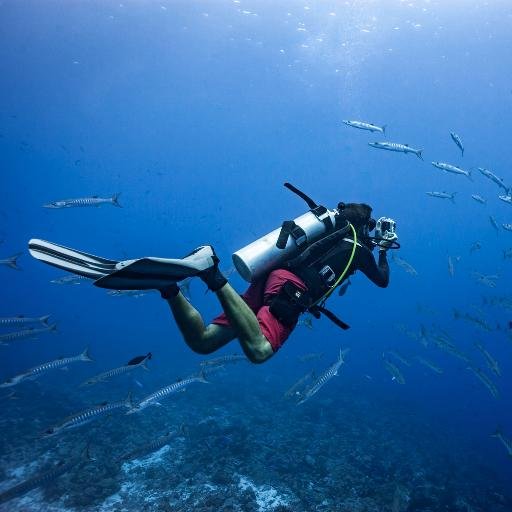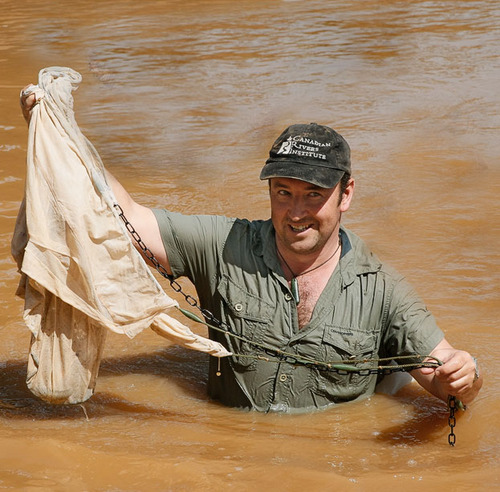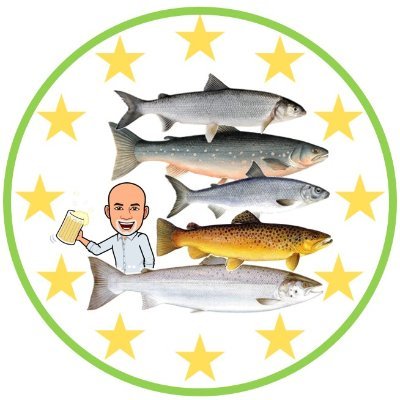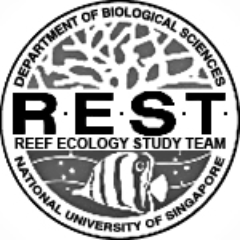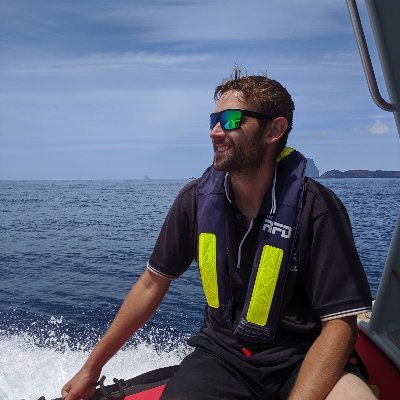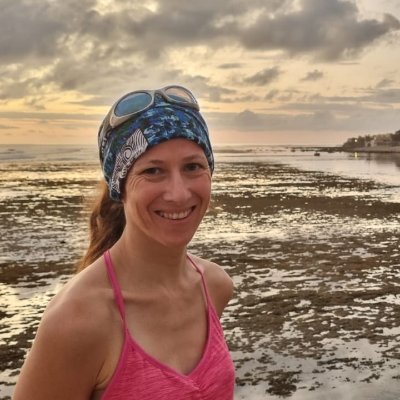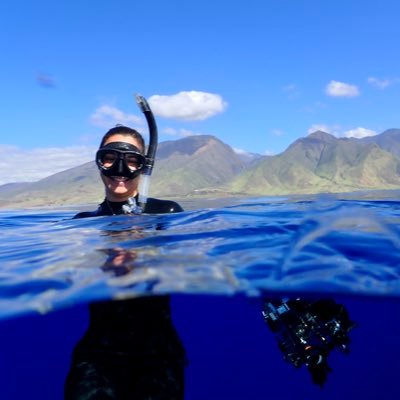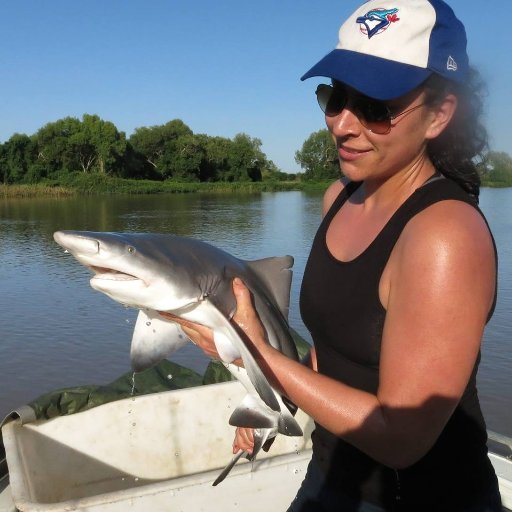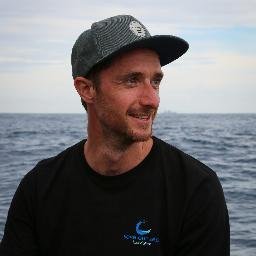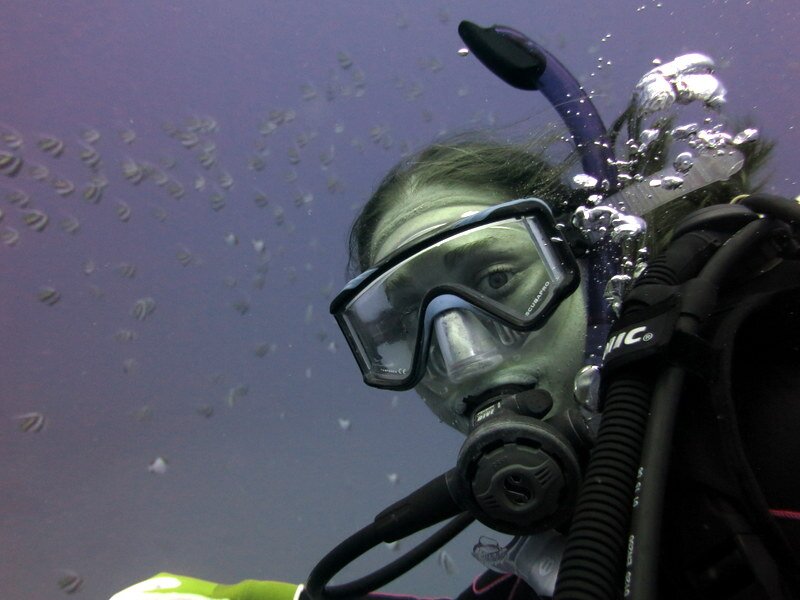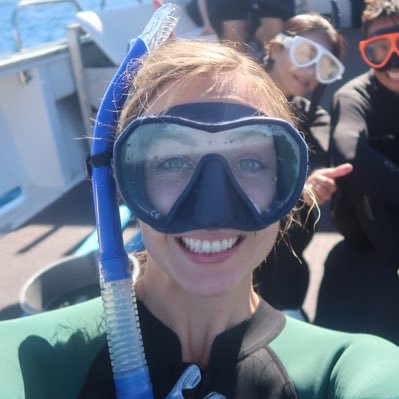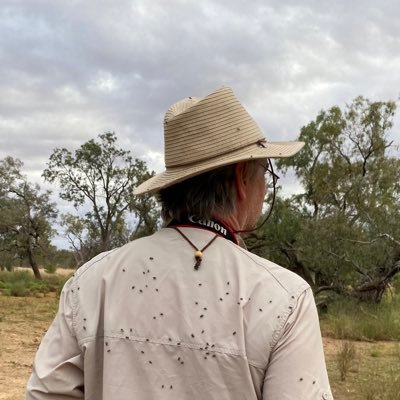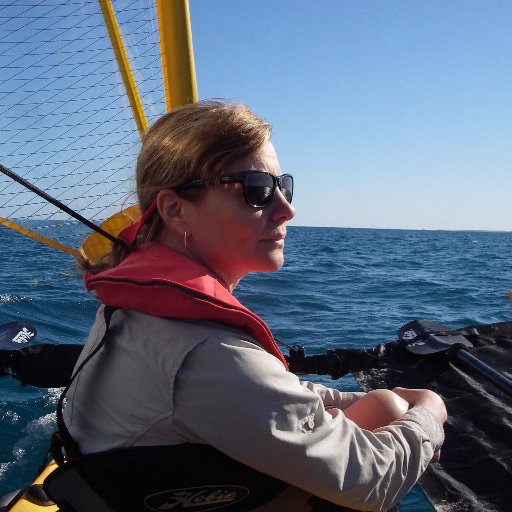
Marine Biology
@Mar_BiologyInternational Journal on Life in Oceans and Coastal Waters http://t.co/CEIwn9N1sa
Similar User

@MEPS_IR

@FrontMarineSci

@BiologyMarine

@ICRSCoralReefs

@WRMarineSpecies

@JoshuaCinner

@AmFisheriesSoc

@AustSocFishBiol

@physiologyfish

@aims_gov_au

@himb_soest

@SCBMarine

@EMBSsymposium

@SpringerPath

@DermatolTher
We are pleased to to tell you that Marine Biology. Volume 170, Issue 4 is now available online.
Marine Biology. Volume 170, Issue 3 is now available online. Many very interesting articles in this issue. link.springer.com/journal/227/vo…
Institute of Oceanology Polish Academy of Sciences iopan.pl/en/ is currently searching for a Postdoctoral Investigator to join the Marine Biogeochemistry Laboratory. This is a temporary, full-time position, and is eligible for benefits. iopan.gda.pl/projects/Ideal…
Institute of Oceanology Polish Academy of Sciences iopan.pl/en/ is currently searching for a PhD student to join the Marine Biogeochemistry Laboratory. This is three year position with possibility of extension for 4th year. iopan.gda.pl/projects/Ideal…
PHD position available in the field of ecophysiology and bioenergetics of marine benthic organisms jobs.uni-rostock.de/jobposting/c47…
Open postdoc position on Marine Biogeochemical Data Analysis see: jobbnorge.no/en/available-j…
Drone surveys were used to estimate the operational (breeding) sex ratio of the southern Great Barrier Reef population of green turtles (Chelonia mydas) at Heron Reef, Australia. doi.org/10.1007/s00227…
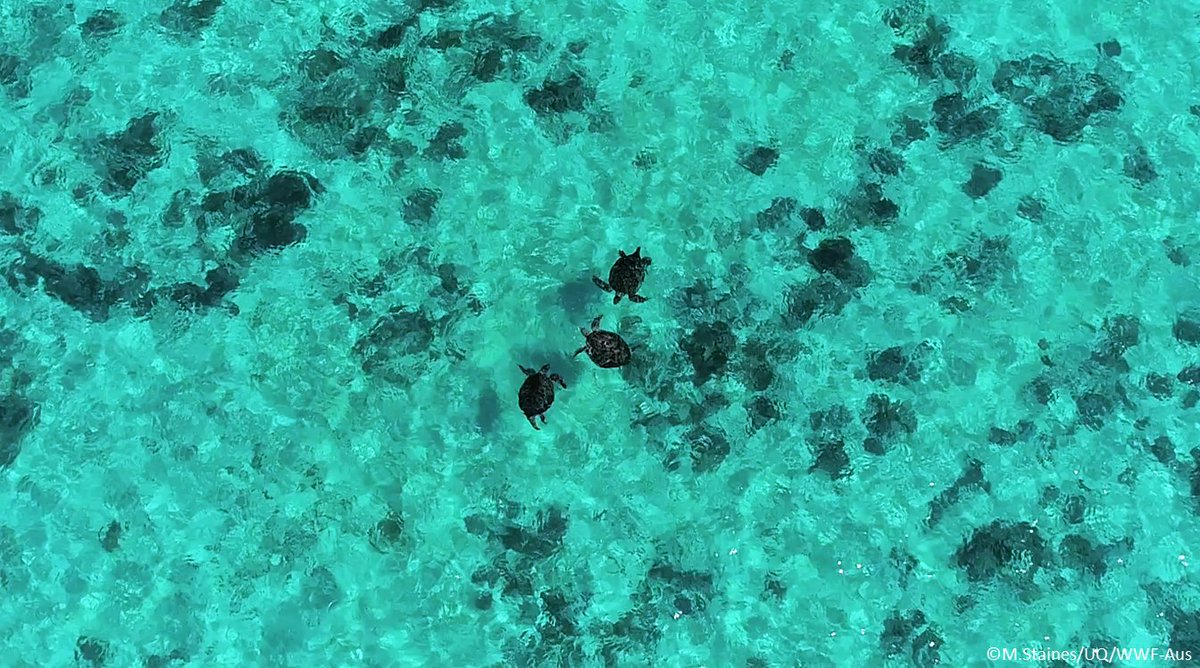
Female and male Imperial Cormorants nesting in coastal Patagonia segregated in the use of food resources regardless of the stages of the reproductive cycle and the location of the colony. doi.org/10.1007/s00227…
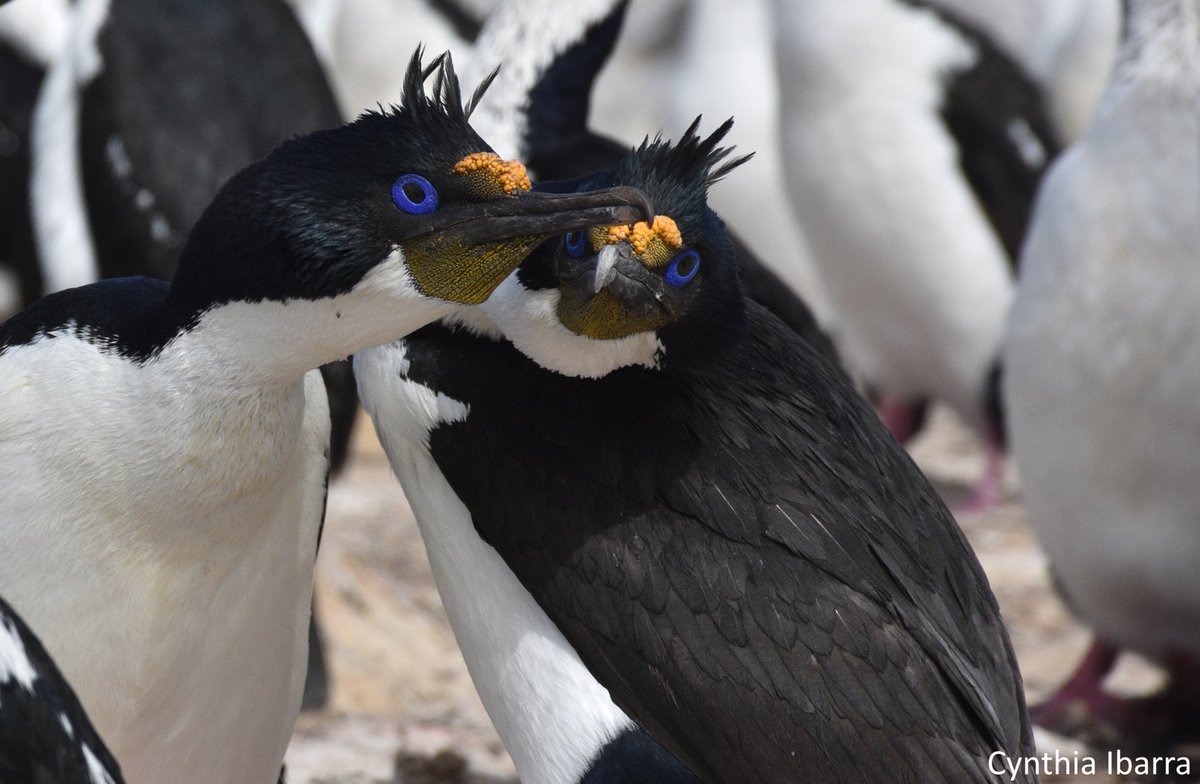
An interesting new paper on conglomerations of fibre debris from Posidonia oceanica meadows that are frequently found along Mediterranean beaches doi.org/10.1007/s00227…

See an interesting paper on Appendicularian tunicates which are some of the most abundant mesozooplankton organisms doi.org/10.1007/s00227…

Submission deadline for the Topical Collection 'Advances in Cephalopod Research' : 08 February 2023 Already 8 articles online ! see link.springer.com/journal/227/co…
See this interesting paper: In a semi remote section of North Pacific Costa Rica, green sea turtles of two morphotypes along with hawksbill turtles are partitioning available prey items likely to reduce foraging competition among the three species. doi.org/10.1007/s00227…


In this interesting study consumption assays were done to test tidepools as refuge for non-indigenous species Non-indigenous species were consumed by native consumers. Consumption refuges seem less important for NIS invasion than life history traits doi.org/10.1007/s00227…

Position for an Assistant Professor in Marine Animal Physiology Apply here (and find more details) apol-recruit.ucsd.edu/JPF03407
Job Announcement Ph.D. position in the area of marine science and climate change. Institute of Coastal System Analysis and Modeling. Location: Geesthacht (Germany) hereon.de/career/vacanci…
Hydroids of the genus Orthopyxis commonly occur attached to Sargassum. While their life history characters indicate low dispersal potential and high genetic differentiation, their epiphytic habitat on floating algae may also suggest otherwise. doi.org/10.1007/s00227…

In this study, phylogenetic/phylogeographic approaches were used to uncover the evolutionary history of Priolepis in the Atlantic doi.org/10.1007/s00227…

For the first time, behavioural evidence has shown that some species of octopuses might be able to use ‘chemotactile sensory’ to recognise other individuals within their species. doi.org/10.1007/s00227…

United States Trends
- 1. GOTY 19,3 B posts
- 2. Mika 78,7 B posts
- 3. $CUTO 10,6 B posts
- 4. Balatro 10,8 B posts
- 5. #TheGameAwards 22,4 B posts
- 6. Elden Ring 19 B posts
- 7. Morning Joe 62,9 B posts
- 8. Metaphor 19,1 B posts
- 9. Astro Bot 8.618 posts
- 10. Shadow of the Erdtree 6.303 posts
- 11. DeVito 19,3 B posts
- 12. Game of the Year 24,5 B posts
- 13. Stellar Blade 6.464 posts
- 14. $SOLCAT 9.087 posts
- 15. Ichiro 3.213 posts
- 16. Wukong 12,8 B posts
- 17. #IDontWantToOverreactBUT 1.972 posts
- 18. Geoff 6.737 posts
- 19. Silent Hill 2 7.324 posts
- 20. #BuschCanCrock N/A
Who to follow
-
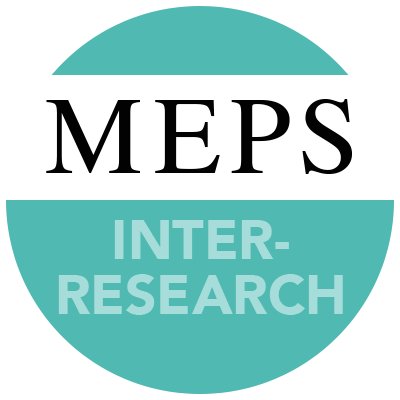 Marine Ecology Progress Series (MEPS)
Marine Ecology Progress Series (MEPS)
@MEPS_IR -
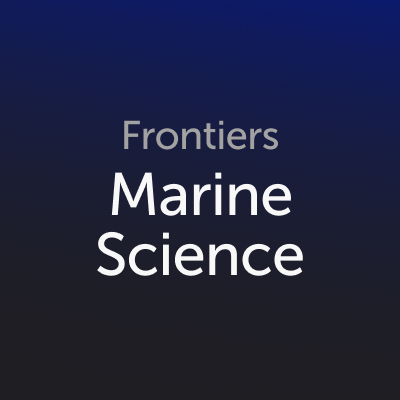 Frontiers - Marine Science
Frontiers - Marine Science
@FrontMarineSci -
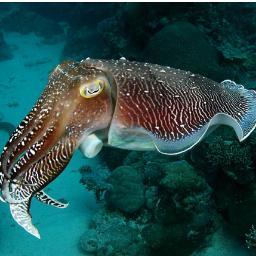 Marine Biology
Marine Biology
@BiologyMarine -
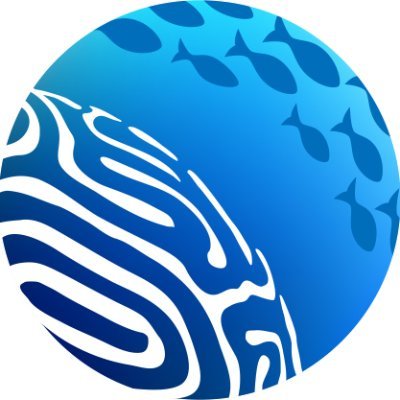 International Coral Reef Society
International Coral Reef Society
@ICRSCoralReefs -
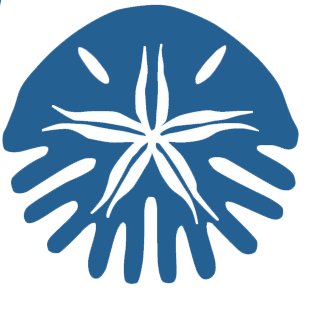 WoRMS
WoRMS
@WRMarineSpecies -
 Joshua Cinner
Joshua Cinner
@JoshuaCinner -
 American Fisheries Society
American Fisheries Society
@AmFisheriesSoc -
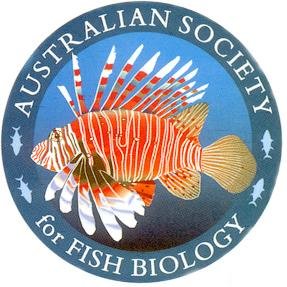 ASFB
ASFB
@AustSocFishBiol -
 Professor Jodie Rummer
Professor Jodie Rummer
@physiologyfish -
 Australian Institute of Marine Science
Australian Institute of Marine Science
@aims_gov_au -
 Hawai‘i Institute of Marine Biology
Hawai‘i Institute of Marine Biology
@himb_soest -
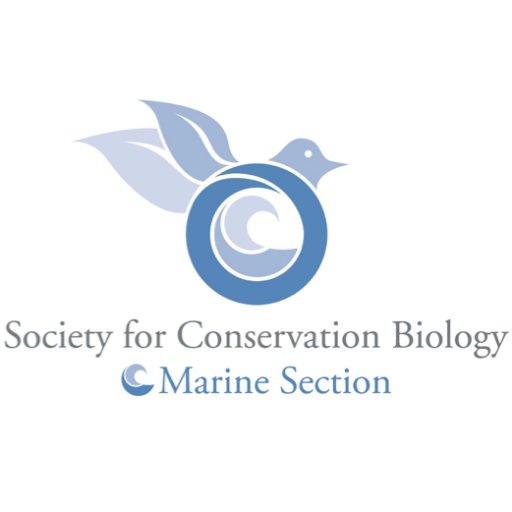 SCB Marine Program
SCB Marine Program
@SCBMarine -
 European Marine Biology Symposium
European Marine Biology Symposium
@EMBSsymposium -
 Springer Pathology
Springer Pathology
@SpringerPath -
 Dermatology and Therapy
Dermatology and Therapy
@DermatolTher
Something went wrong.
Something went wrong.



